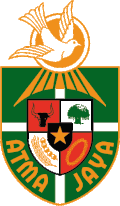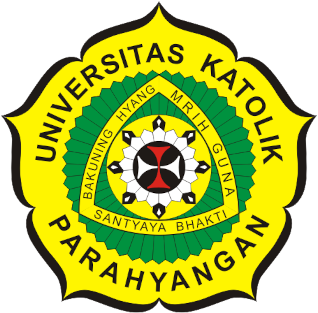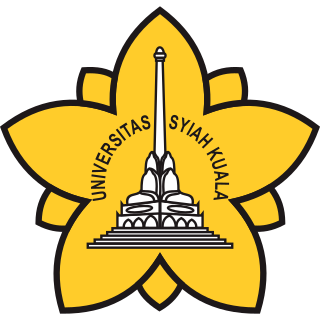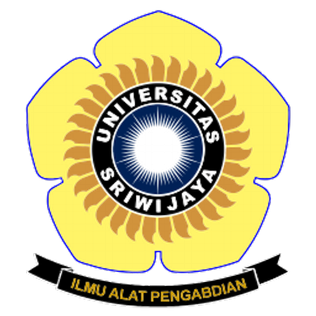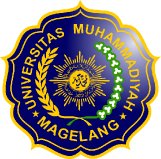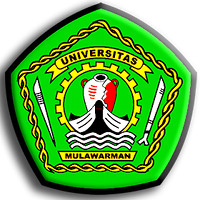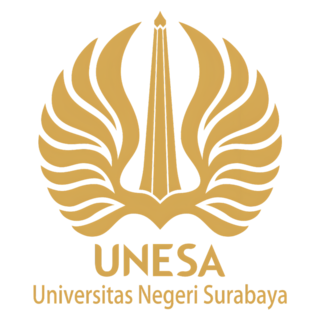History
When first founded the university had only the social faculty. The government regulated that a university must have both social and science faculties. Atma Jaya Catholic University of Indonesia opened a Faculty of Technology with the Mechanical Engineering department.
The founders were Ir. J. P. Cho and Ir. Bian Tamin (Tan Bian Seng). Cho got his title from the Technische Hogeschool Delft in Netherlands in 1955. He was a mechanical engineer.
A year after the establishment of Unika Atma Jaya, he and Ir. Bian Tamin founded the Faculty of Technology. At the opening of the Faculty of Technology, besides being a member of the foundation, he sat as the secretary of the faculty and a lecturer. Over 1968-1969, he was posted as the dean. During his office as the dean, with very limited financial resource and facility, he continued to raise the Faculty of Technology. Cho left the faculty membership with the foundation. (Since 1977 he has been a full-time Executive Secretary to the Atma Jaya Foundation. For his contributions to the world of education and Atma Jaya Catholic University of Indonesia in particular, on November 23, 1989, Pope John Paul II granted the Sancto Silvester medal to him.)
Ir. Bian Tamin. He moved to Bandung to attend to the Technische Hogeschool – Scheikundige Afdeling (Chemistry Department). He then left for the Netherlands and entered the Technische Hogeschool Delft Afdeling: Scheikundige Technologie. In the Netherlands, he co-founded IMKI. For his active contributions, he was promoted the president of IMKI. He was also a top member of PPI Management.
The Faculty of Technology was officially founded on July 1, 1961. In the early days, the Faculty of Technology only had the Mechanical Engineering Department. Lectures were given from one place to another.
In the beginning, there were no full-time staff. The staff were all part-timers and mostly members of the Marine Corps. They were there thanks to the close personal relationship with Ir. J. P. Cho. Among those giving lectures at the Faculty of Technology were Officer Dr. A.J. Suryadi, Dr. Parapat, Ir. Legiyono, Ir. Sugiyono Kadarisma, Ir. Ghandawinata, Ir. H.J. Kusumadiantho, Drs. Koeswono, and Dra. Saodhah.
There were 72 students. In 1989, there were 394 registered students in the Mechanical Engineering Department, mostly male.
The name of the Faculty of Technology changed in 1967 into the Faculty of Engineering (henceforth FT) based on the decree of the Ministry of Education and Culture. Since 1980, FT had been holding lectures in the campus complex in Jenderal Sudirman Street. Students participated in the construction of the semi-permanent buildings. As more and more students were admitted the need for classrooms increased. In 1985, some of the old semi-permanent buildings were demolished and replaced by a new three-story building known as Building K1.
The Engineering Faculty had a permanent lecturing facility in Jenderal Sudirman Street. There was no laboratory and students relied on Budi Utomo Technical Vocational High School, Manggarai Railway, and ITB'S shops. Later, given the importance of the laboratory to improve students' skills, those academic facilities were built. In 1985, the Engineering Faculty had had a Physical Laboratory, Mechanical Technology, Mechanical Drawing Studio, Mechanical Testing Laboratory, and Electronics and Telecommunication Laboratory.
The Graduate and Bachelor of Arts of the Mechanical Department were given a "registered" status in 1962. An approach was made to the Engineering Faculty of Indonesia University to found a Test and Supervision Team. It was only on July 27, 1985, that the Engineering Faculty was granted an "acknowledged" status. In 1971 that the Engineering Faculty graduated its students for the first time. There were four graduates.
On June 1, 1979, the Electronics Engineering Department opened. The opening of the department was in accordance with the Five Year Development Master Plan of Atma Jaya 1976-1981 which, among others contained a plan to open a new department at the Engineering Faculty. This department supports the Mechanical Engineering Department and in the future the establishment of the Industrial Engineering Department.
To manage the Electronics Engineering Department, a team which would work over two academic years was formed. This team consisted of five members: Dipl. Ing. Nakoela Soenarta, Ir. Legijono, Ir. Bambang Wirawan, Ir. Masgunarto Budiman, and Ir. M.J. Djoko Setyardjo. The head of the Electronics Engineering Department was Dipl. Ing. Nakoela Soenarto.
The Electronics Engineering Department got a "registered" status soon after the establishment. In 1988, the Electronics Engineering Department was granted an "acknowledged" status. Unlike the Mechanical Engineering Department, the Electronics Engineering Department born in the midst of the strong demand from society, did not encounter hurdles like the Mechanical Engineering did. The main issue was to recruit full-time lecturers. This was dealt by hiring part-time lecturers. At the same time, the attempt to hire full-time lecturers continued.
The population of students to the Electronics Engineering Department increased over years. There were 69 students in the first class. In the odd semester of 2004/2005, there were 744 registered students. In 1985, 3 of 289 students graduated; in 1987, 22 students graduated of 341; in 1988, 81 of 380; and in 1989, 35 of 433 students. This is a promising improvement.
The Industrial Engineering Department opened in academic year 1999/2000 based on the Decree of the Directorate General of University Education Number 49/DIKTI/Kep/1999 dated March 3, 1999, under "registered" status.
Laboratories specific to the Industrial Engineering Department were built one at a time. First, the Statistics and Decision Support Laboratory has been built and the next will be the Working System Designing and Ergonomics and Production System laboratories. The Industrial Engineering Department was founded under Dean Ir. Joseph Sedyono, M.EngSc and the first head of the Department was Ir. Djoko Setyanto, MSc.
In 1999, the first academic year for this department, there were 110 students, an indication that the society confides and places great hopes on this Industrial Engineering Department.
The Mechanical Engineering Department has eight laboratories:
- Laboratory for Computer Aided Design & Engineering
- Laboratory for Materials Science & Engineering
- Laboratory for Automation, Robotics & Mechatronics
- Laboratory for Computer Numerical Control (CNC) & Industrial Metrology
- Laboratory for Manufacturing Processes
- Laboratory for Aerodynamics & Fluid Mechanics
- Laboratory for Mechanical Experiments
- Laboratory for Energy Conversion & Renewable Energy
